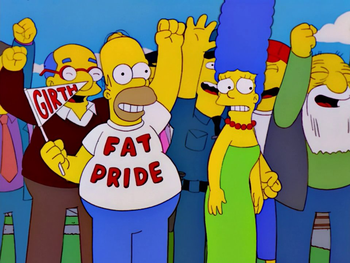


I have always been fat. My first memory of size being an issue comes from wanting to ride a donkey on a beach, and standing on a scale with a green section and a red section. The scale very quickly turned to the red. From then, I’ve always been conscious of my size and appearance. Coming out as trans, I became even more aware. Finding binders that compressed my large chest and hips and hiding myself in oversized clothing so my transness or fatness wasn’t obvious was a struggle. It’s hard to be a trans person, adding perceptions of fatness on top made it harder.
Representation matters. Without seeing trans people in Closer magazines or on Channel 4, I wouldn’t have known life was worth living. So whilst writing my new show about my experiences as a fat, transmasculine man with a new-found comfortability in my body, I searched for fat, trans storylines in the media. The results? Practically zero
Before I continue, I want to make two things clear. I am a white, working-class person who has navigated the world with a certain privilege and I cannot speak for my transfemme, POC, disabled siblings. I’ll be using my own opinions and lived experience. Secondly, I will use the word fat. Much like the word queer, I will be reclaiming fat and using it openly.
Whilst developing my newest show, I created a venn diagram to explore similarities in fat and trans experiences. Different words came to mind, such as:
I found that most connections were negative. Words like:
These words have been imprinted into the brains of fat and trans people throughout our lives. We aren’t born inherently hating our bodies and feeling negativity around our size and gender identity, we learn them from somewhere.
I would argue the media holds the biggest responsibility. We are all aware by now that magazines, TV shows, fashion and other images we consume favour the image of smaller to average-sized, white, cisgender people who display mainstream ideals of what is an acceptable body.
And has anyone challenged this? Not as much as many of us hope.

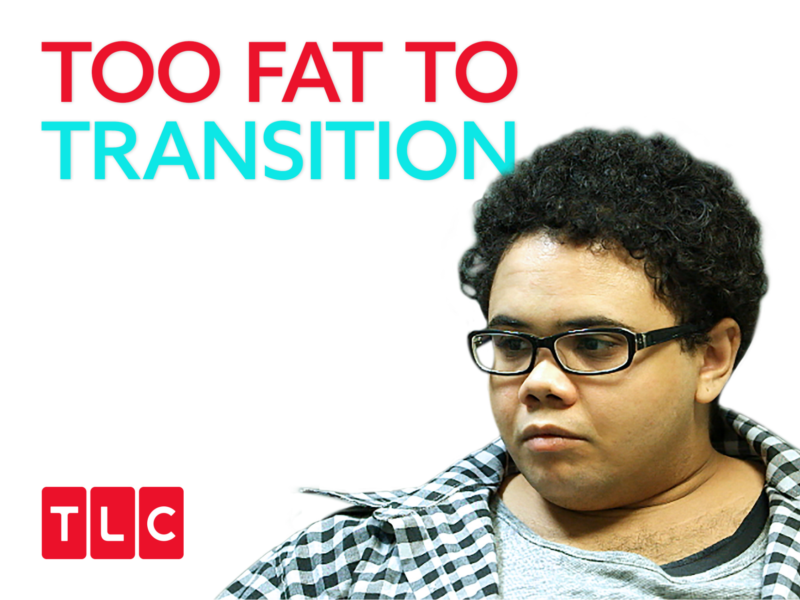
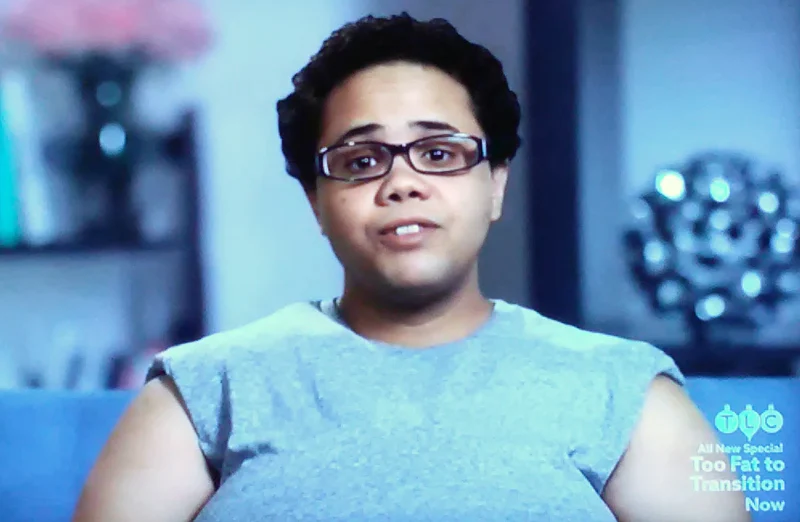
Struggles for fat and trans people aren’t too distant, and this struggle is played out constantly.
Programmes like My 600lb Life or Supersize vs Superskinny give audiences pleasure in expressing disgust at fat people who are deemed lazy, overeaters, and helpless, leaving audiences saying ‘thank God I’m not like them!’
The media has done this with fictional trans bodies too. Shows such as It’s Always Sunny In Philadelphia or Little Britain share similar messages of disgust, horror, and ‘thank God I’m not like them!’
Combine the two, and the schadenfreude audiences thrive on keeps ratings high.
TLC’s Too Fat to Transition showed Shane and Kayla’s struggle in accessing gender-affirming care as fat people. The capitalisation of their bodies is clear, a Reddit user (who claimed to be Shane’s best friend) wrote that during their wedding that the production hosted, only fried food was available. God forbid a fat couple enjoy their day, let alone a trans couple without being exploited. The disapproval and voyeurism keeps people watching.
In the above paragraphs I gave a lot of examples of reality tv that discuss fat bodies, yet the examples I found myself drawn to to write about trans representation are fictional. The idea that there is a fictional world where fat bodies can live in euphoria is non-existent, as if it would be too much for the world to grasp.
Even famous, well-loved fat, fictional characters such as Peter Griffin or Homer Simpson are drawn in a way that lends their bodies to self-deprecating humour, allowing the audiences to laugh more at their misfortune. On the flip side, reality tv and documentaries that depict trans bodies often medicalise our stories and focus on our struggles for happiness, making audiences pity our existence.
Seeing pure happiness in either reality or fictional TV for fat and trans people would be too much for Ofcom to deal with.
Many have described trans representation in the media as surface-level. Our narratives put the onus on the individual for their feelings, asking them to change, rather than challenging the ignorance around them. If it isn’t surface, then it’s detrimental. I only need to mention films like Boys Don’t Cry to clearly state that trans stories are rarely the happiest. Recent representation in shows such as Sex Education explore the breaking of binaries further and have presented trans people as more nuanced, limitless individuals.
However, fat trans people remain excluded. If we see trans stories as ‘surface’, then how can we expect a fat, trans narrative that discusses the uselessness of BMI and medical fatphobia? Would the storyline just expect the trans person to lose weight so that they are more palatable to others?
The Netflix show, Dead-End Paranormal Park, introduces Barney, a trans man who is also fat. It felt great to watch his acceptance onscreen. The onus for reconciliation was placed on his family, asking them to make changes rather than Barney. This was refreshing, seeing that our identity is not the issue, but attitudes are.
Whilst Barney’s narrative is refreshing, it doesn’t directly address Barney’s fatness and the work added to access gender-affirming care. I can appreciate why, with Dead-End Paranormal Park finding itself in the Kids category it may be difficult for children to understand and process such thoughts. But these discussions would have helped me as a young person who was seeking solidarity in the experience of being ‘othered’
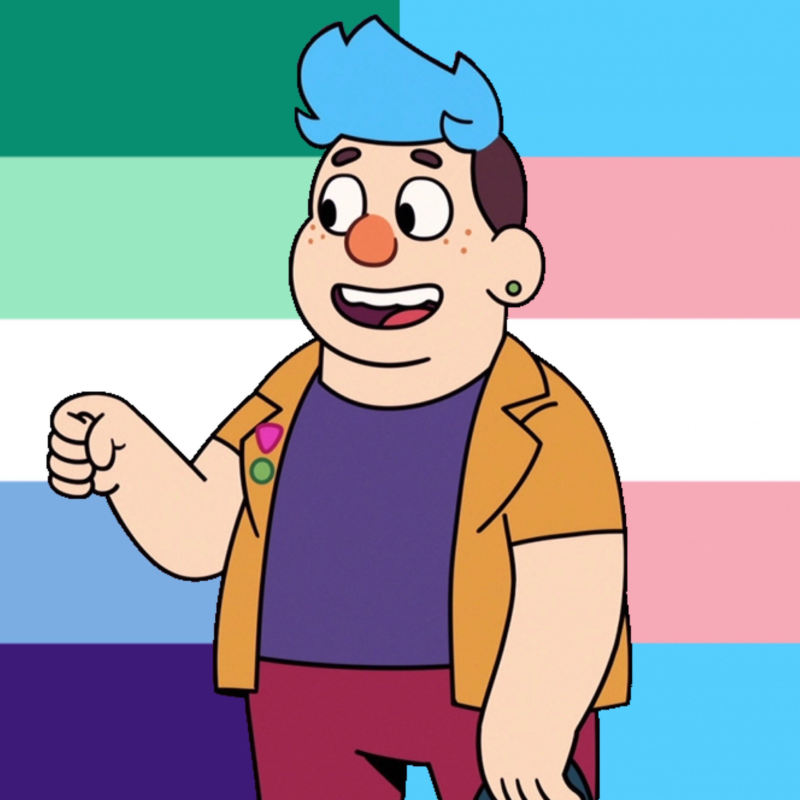
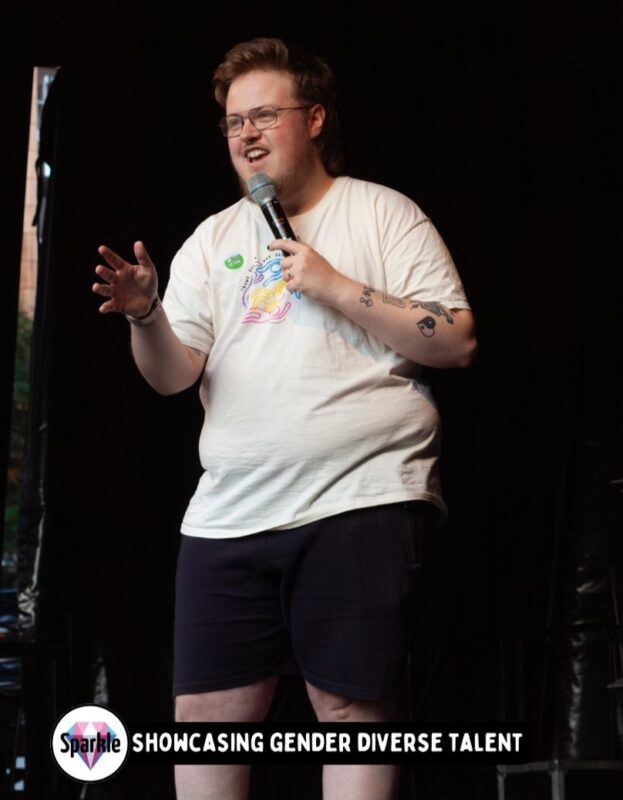
If you’re wondering ‘well Ben, you’ve given us all this thought about everything wrong with the representation, how do you want to be represented?’ then I want you to imagine a TV programme where a fat, trans individual lives their life.
We follow their life and explore their experiences in coming to terms with their body and identity. Where they openly address that their gender dysphoria and negative self-image came from the gossip magazines promoting fad diets and hard-to-attain ideals around masculinity/femininity, where they see TERF rhetoric and talk openly about the negative effects on their community and mental health, rather than feeling their expression of self is the reason for their low mood and mental health issues. Where they argue the inaccuracies and the misuse of BMI, where they are in a club dancing, topless, showing off their belly in a sexy, slow-motion dance montage with other people kissing them and caressing their body with care and lust. Where they eat foods they enjoy without a judgemental comment from parents or other people. Where they openly say ‘I love my fat, trans body!’ Is that so hard to dream of?
Our fat and trans bodies have never felt loved and represented on screen. More writing is being published around fatphobia as well as debunking diet culture and weight-loss fads. I recommend reading books such as What We Don’t Talk About When We Talk About Fat and Queer and Fat, as they really helped me realise that my fatness isn’t wrong. Times are hard for trans people, the last thing I need is to be told that my fat body isn’t enough to grant me the respect and dignity that is already hard to gain. Enjoy your body, feel good in it, and don’t let Dr Christian get too close!
Ben Hodge is a comedian, presenter and improviser. He is resident MC at the Social Refuge/Queer Lit comedy night and has been named as one of Liverpool’s top 30 under 30.
Instagram: @benhodgeee
Twitter: @benhodgee
